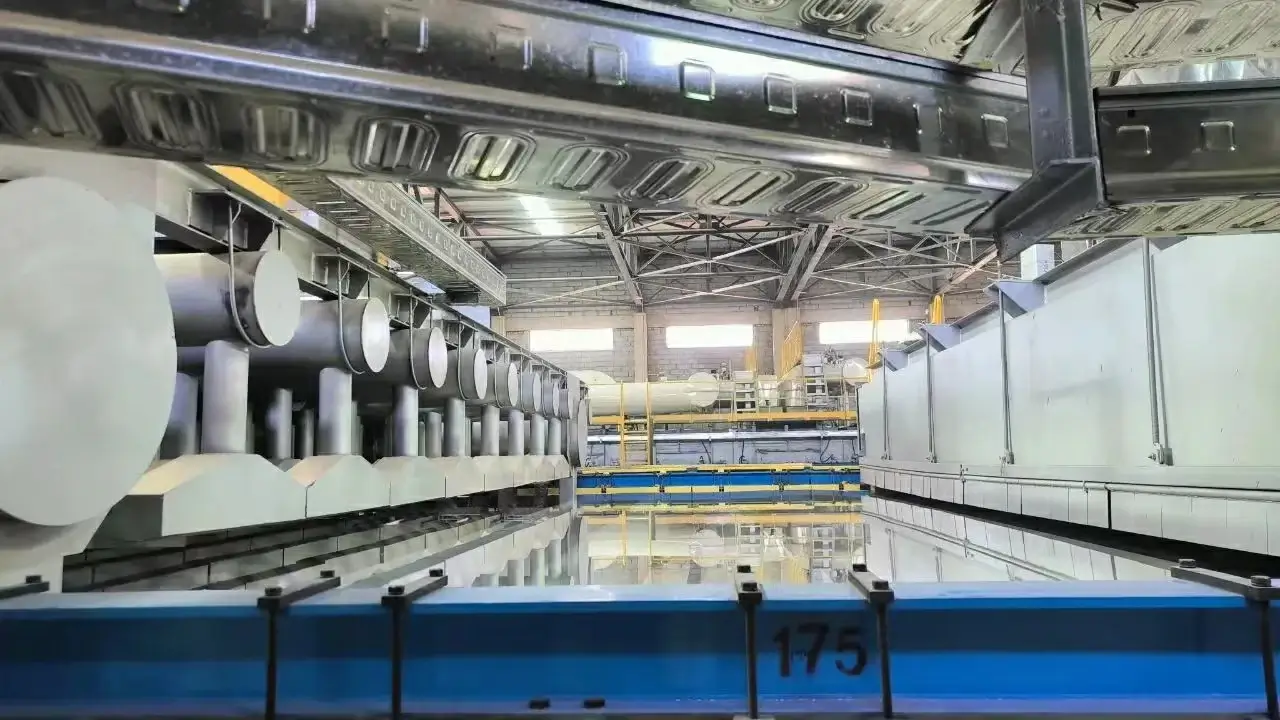

Understanding Single Low-E Glass Benefits, Applications, and Innovations
In the quest for energy efficiency and enhanced comfort in buildings, the use of glass has undergone a remarkable transformation. Among the advancements in glazing technology, single low-emissivity (low-E) glass has emerged as a significant player. This article delves into the properties, benefits, applications, and innovations associated with single low-E glass, and why it is increasingly favored in modern architecture.
What is Single Low-E Glass?
Single low-E glass is a type of glass coated with a microscopically thin layer of metal or metallic oxide that reflects infrared light while allowing visible light to pass through. This feature helps maintain indoor temperatures by minimizing heat transfer. While traditional single-pane glass can result in significant thermal loss, single low-E glass effectively reduces this issue, improving overall energy efficiency in buildings.
Benefits of Single Low-E Glass
1. Energy Efficiency One of the primary advantages of single low-E glass is its ability to reduce energy consumption. By reflecting heat back into the room during winter and keeping heat out during summer, it helps maintain a comfortable indoor environment, leading to lower heating and cooling costs.
2. Natural Light Utilization Single low-E glass allows abundant natural light to enter without the harmful effects of ultraviolet (UV) rays. This helps reduce the need for artificial lighting during the day, further contributing to energy savings.
3. Glare Reduction The coating on low-E glass helps minimize glare caused by direct sunlight, making indoor spaces more comfortable and suitable for various activities, from office work to relaxation.
4. UV Protection The UV filtration properties of low-E glass protect furnishings, flooring, and artwork from fading, prolonging their lifespan and maintaining their aesthetic appeal.
5. Environmental Impact By reducing energy consumption, single low-E glass contributes to lower carbon footprints. Buildings utilizing this type of glass are more sustainable, aligning with global efforts for greener infrastructure.
Applications of Single Low-E Glass

Single low-E glass is incredibly versatile, finding applications in a multitude of areas
- Residential Buildings Homeowners are increasingly favoring single low-E glass for windows and patio doors due to its aesthetic appeal and energy-saving capabilities. - Commercial Buildings Office buildings often incorporate single low-E glass to enhance energy efficiency while providing a bright and inviting work environment.
- Institutional Facilities Schools and hospitals benefit from the natural light and UV protection offered by low-E glass, contributing to healthier indoor conditions for occupants.
- Curtain Walls In modern architecture, curtain walls made of single low-E glass provide stunning facades that are both functional and visually striking
.Innovations in Single Low-E Glass Technology
The glass industry continues to innovate, with new developments enhancing the performance of single low-E glass. Advances include
- Improved Coatings Ongoing research is leading to the development of even more effective low-E coatings that enhance energy performance while maintaining clarity.
- Smart Glass Technologies Integration with smart building technologies allows for better control of indoor climates, further optimizing energy use based on occupancy and external conditions.
- Recycling Solutions As sustainability becomes a priority, the industry is exploring ways to recycle low-E glass, reducing waste and environmental impact.
Conclusion
Single low-E glass is reshaping the world of architecture and construction with its numerous benefits, ranging from energy efficiency to aesthetic appeal. As technologies continue to advance, the embrace of single low-E glass represents a forward-thinking approach to building design, ensuring a sustainable and comfortable future. Whether for residential, commercial, or institutional use, incorporating single low-E glass is a step towards achieving efficiency, comfort, and responsible environmental stewardship.